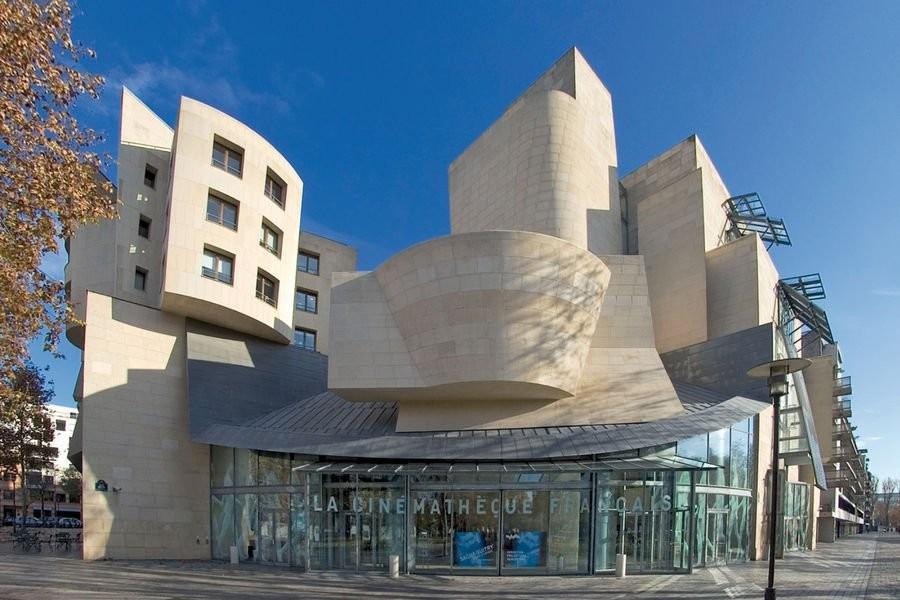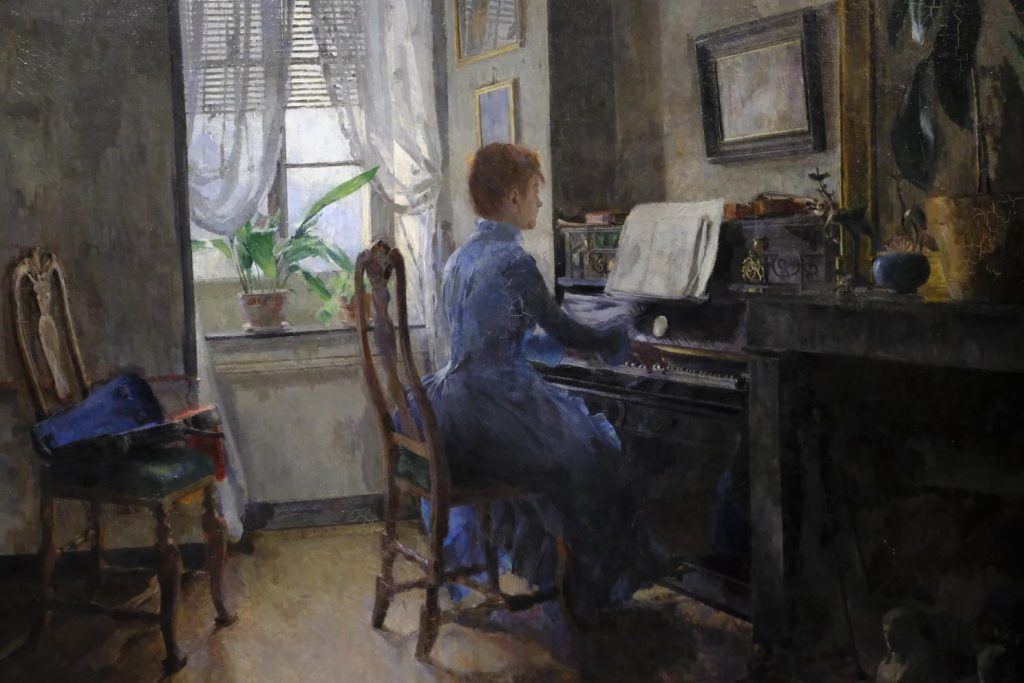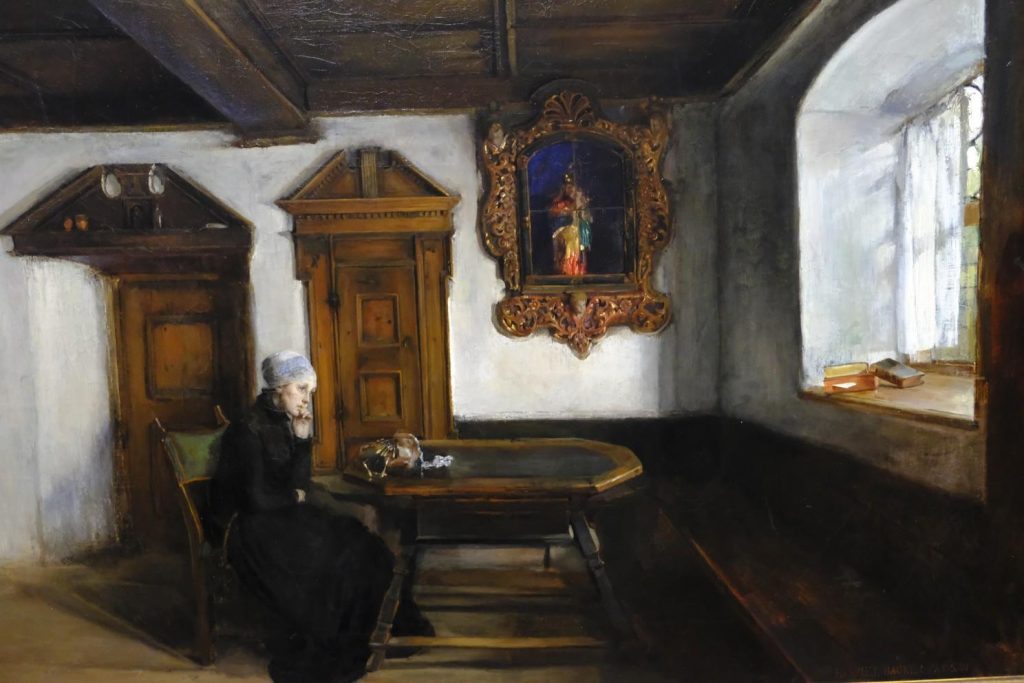
I know that the line uttered by Humphrey Bogart in Casablanca was intended for an audience of one, his lost and found love, Ilsa, but having recently returned from that wonderful city I wanted to share a few thoughts that reflect my love of Paris.
I ventured to Paris to speak at the Cinémathèque Française; the presentation was nicely received by the standing-room only audience. I also want to extend my heartfelt thanks to Laurent Mannoni, and his wonderful wife, Laure, for making me feel so welcomed. Being asked to talk about Technicolor’s relationship with The Archers, especially director Michael Powell and cinematographer Jack Cardiff, was something very near and dear to many of us. The fact that Powell and especially Jack are so central to the themes of my book, Alchemy in Technicolor, made the presentation even more timely.
What I took away from being in Paris was in great measure a tonic to the shit show that Hollywood has become. Having given over half a century of my life to the motion picture industry…well let’s just say Hollywood has become something of a bitter pill for me. That said, cinema will endure.
Being at the Cinémathèque, one takes heart from the long view of history. You walk among the exhibits, or possibly get to visit the archive, and you understand that what we are experiencing in cinema history is just a moment in time. So, treasure it!

In the museum’s Georges Méliès exhibits, I came upon something that caused me to burst into laughter. If you’ve ever wondered where Norman Bates’ mother ended up…look no further than the Cinémathèque (see above). History records that in 1960, the Cinémathèque’s’ august director, Henri Langlois, received a rather strange package. The following week, Langlois received a call from director Alfred Hitchcock asking, “did you receive my gift?” Mrs. Bates never looked better. She scared the bejesus out of me when I was 13 years old at The Fox Village Theatre in Westwood.

After my talk, I spent most of the following day looking at art around Paris. I made it to the Musée d’Orsay early before the crowds descended, and got to revisit artwork that made me feel like I was home, and the world was somehow in balance. Moving through the galleries, I was stunned by the show devoted to Norwegian artist, Harriet Backer.
Backer was loosely associated with French Impressionist painting, although also appreciated for her sense of realism, and whereas the Impressionists moved outdoors and away from the traditions of French painting up through 1874, Backer’s work was considerably more focused on interior spaces, people, and light that was more in keeping with the Northern European studied quality of light and color found in the work of Vermeer. Her command of color is a revelation.

The exhibition is called The Music of Colors...and it is appropriate on so many levels. Backer was very close to her sister who was a celebrated concert pianist. The two travelled extensively throughout Europe. One can witness the influence of music in Backer’s paintings – especially with her command of color that plays like musical notes.

Once again, visiting the d’Orset confirmed, for me at least, the unmistakable fact that classic Technicolor, as seen in those films printed in imbibition dye-transfer, were a close cousin to the work of the later Impressionists and Post-Impressionists, the Fauves, and the school of Orphism recently on display at the Guggenheim in NYC. That crucial shared lineage of stunning color, and especially European color science, resides at the heart of what I hoped to celebrate with my book. But you’ll need to be the judge of just how successful it is.